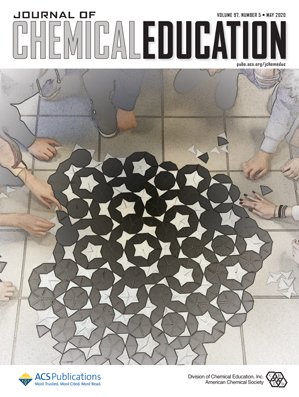Estem confinats. No podem sortir de casa, excepte per anar a comprar per menjar o per a altres urgències. Això sí… podem comprar per Internet, per exemple via Amazon. La vida, ara mateix, és estranya. Costa dedicar-se a fer coses innovadores. Intento avançar en la intel·ligència artificial, per exemple provant el chatbot d’Inbenta, però costa. Les videoconferències entre tota la família ens proporcionen una estona de confort.
Tots els congressos i trobades on estava apuntat s’estan anul·lant. Tot es farà, en general, l’any vinent, potser alguna cosa la tardor. No es fa el G4G14 a Atlanta, aquesta setmana tenia previst de ser-hi i parlar-hi de màgia i intel·ligència artificial.
Ara que tinc una mica de temps, aprofito per millorar la meva capacitat de fer fotos una mica bones. Aquesta setmana n’he feta alguna, des del balcó de casa. També aprofito per aprendre a fer timelapses, amb el meu mòbil Samsung S10E. Funciona bé, però lògicament cal fer servir un trípode… i tenir la bateria ben carregada abans de començar, o tenir-lo endollat.
Aquesta setmana ha mort l’Uderzo, el dibuixant d’Astèrix. Uns dels meus còmics favorits… de petit, a la biblioteca de La Caixa al mig de Girona, ja en llegia. I després n’he tingut i en tinc en varis idiomes, per exemple el llatí, que la meva professora Maria Àngela Vilallonga ens feia servir en l’assignatura d’aquesta llengua a primer de filologia catalana, a Girona (sí, vaig començar filologia després d’estudiar química, però la tesi doctoral em va impedir continuar).
La imatge de la setmana
Què he vist per la xarxa?
Moltes notícies són de la Covid-19, però si es mira bé, es poden trobar coses interessants navegant una mica. Consells per fer docència en línia, els que es vulguin, és clar.
Sobre la docència en línia
Internet gratis: la solució a la bretxa digital?
la principal font de desigualtat entre els alumnes no té a veure amb la capacitat d’accés i ús de les eines digitals, sinó amb l’ajuda que els seus pares els poden oferir en un moment com l’actual. “Hi ha pares que poden dedicar hores a acompanyar els fills en aquest recorregut, però d’altres o no tenen els coneixements o fan més hores que un rellotge i no poden ajudar-los
The Magic of Teaching Science Labs Isn’t Lost Online
Replacing labs with videos may rob students of another important experience from labs: The serendipity of science. Much of science is failure. This is perhaps no truer than when budding scientists are chaperoned through a preplanned experiment in a lab course. The best teaching assistants anticipate all of the nearly infinite things that can go wrong during each exercise. But even the most seasoned TAs will be surprised by the creativity of their students, not in getting the exercise wrong, but providing an opportunity for them and their classmates to learn from their mistakes.
#artint
Structure-based AI tool can predict wide range of very different reactions
New software has been created that can predict a wide range of reaction outcomes but is also more flexible than other programs when it comes to dealing with completely different chemical problems. The machine-learning platform, which uses structure-based molecular representations instead of big reaction-based datasets, could find diverse applications in organic chemistry.
The new tool is based on the assumption that reactivity can be directly derived from a molecule’s structure and uses an input based on ‘multiple fingerprint features’ as an all-round molecular representation. Frederik Sandfort, who also participated in the research, explains that organic compounds can be represented as graphs on which simple structural (yes/no) queries can be carried out. ‘Fingerprints are number sequences based on the combination of many such successive queries,’ he says. ‘They have originally been developed for structural similarity searches and were proven to be well-suited for application in computational models. We use a large number of different fingerprints to represent the molecular structure of each compound as accurately as possible.’
Comunicació de la ciència
Quasiperiodic Crystals: Teaching Aperiodicity of a Crystal Lattice with 3D-Printed Penrose Tiles
Aquest article de J. Chem. Educ. fa servir les peces de Penrose, per construir tesel·lacions aperiòdiques:
In this paper, a teaching approach for the comprehension of the symmetry properties of an aperiodic crystal structure was described. Building a continuous-fill (quasi)crystalline pattern with the support of 3D-printed Penrose tiles, students can grasp the lack of translational symmetry typical of an aperiodic crystal.
Veure els tweets d’aquesta setmana

